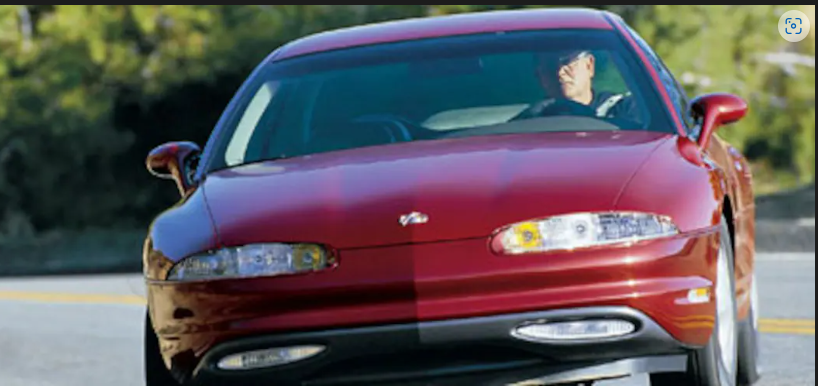The automotive graveyard is full of both brands that suffered a quick and untimely death and others that struggled up to the point where they had one last chance at survival, but their final attempts to regain market share failed.
By 1929, the automotive market was crammed with independent car companies and the market became saturated. The Great Depression came along and culled the herd, so to speak.
At that time, brands such as Duesenberg and Cord had no chance to reinvent themselves and quietly sank beneath the waves, leaving behind only a memory.
Other, more modern brands, tried desperately to hang on, introducing what I call “hail Mary” cars; mostly, those final offerings were actually really good cars, but they failed to save the company.
Here is my list of cars that could’ve and would’ve saved their brand, but ultimately failed in their goal.
The 1962 Studebaker Avanti
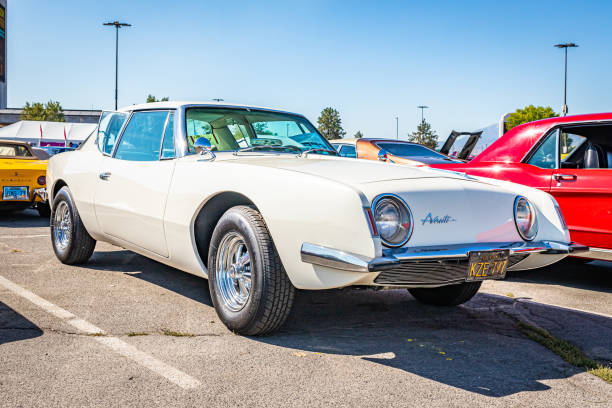
Studebaker started off the 1950s in a position to rival the Big Three with a post World War II jumpstart on its rivals. The 1950 Commander featured a fresh, modern looking design with a completely redesigned V-8 engine that got a whopping 28 MPG.
By the end of the decade though, the company lost its edge and Studebakers began to look stodgy and outdated.
Sherwood Egbert was hired to run the company and he immediately decided that the first order of business was to create the car of the future.
A design team headed up by Raymond Loewy went to work on a new personal luxury coupe that featured a fiberglass body, no discernable grill, standard disc brakes and a powerful engine.
The car was so good that it likely could have saved Studebaker, but the company did not have the resources to keep up with the demand.
While that might seem like a good problem to have, in the automotive manufacturing world, you have to pay for the raw materials up front, not after the car is built.
The Avanti was a great car released at the wrong time. If it had been introduced just a decade later during the many oil crises, it may have salvaged the company. Studebaker folded just a year after the release of the Avanti.
The 1975 AMC Pacer
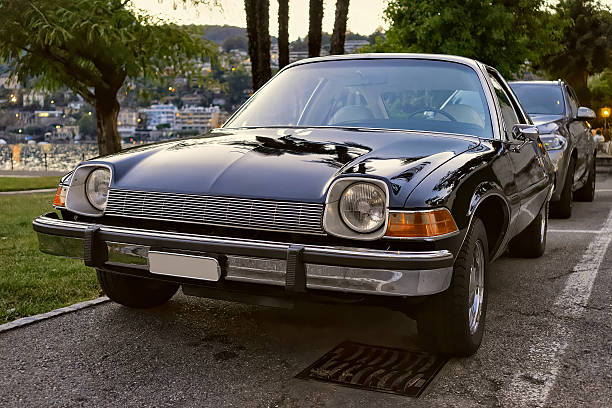
The American Motor Company was an oddity from the very beginning, being a merger between Hudson and Nash-Kelvinator. The company stayed afloat by offering reasonably priced Rambler models, but by the mid 1970s, it was in crisis mode.
The Hornet model never really took off, the Gremlin name scared off customers long before the movie “Gremlins” came out and the Matador was just plain ugly.
AMC set about reinventing itself with the Pacer which took plenty of styling cues from the cocaine-fueled disco era of go-go boots and mirror balls.
The car looked almost like a glass egg on wheels. The passenger side door was longer than the driver’s door for easier passenger entry, it was wide and low to the ground and did not look like anything else on the road.
What AMC engineers were banking on, though, was fitting the car with a Wankel rotary engine, which would have left the Ford Pinto and Chrevrolet Vega in the dust when it came to fuel economy.
With the allure of the Wankel engine in mind, the engineers paid little attention to the weight of the vehicle, especially all of the heavy glass that was incorporated and when Chevrolet reneged on its contract to manufacture the rotary engine for AMC, the entire house of cards came crashing down.
The Pacer sold well at first, but the underpowered, lumbering upside-down fish bowl on wheels ended up becoming the equivalent of a disco-nap hangover.
AMC hung on for a couple of years with its Jeep and Eagle brands before finally throwing in the towel and selling out to Chrysler.
The Plymouth PT Cruiser and Prowler models
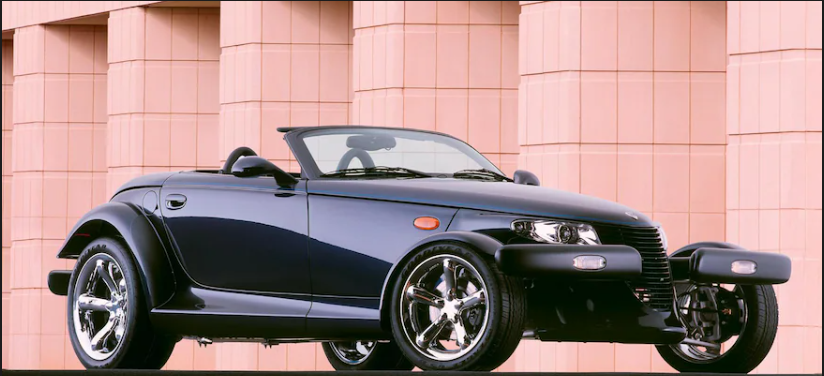
The Plymouth brand was once a trend-setter. Classics include the Barracuda, the GTX and no one can forget the “forward look” cars of 1957 that decimated the competition and one model, the 1958 Belvedere Fury, later became famous on the big screen as “Christine,” the car straight outta hell.
However, by the 1980s, Plymouth was pumping out minivans and sedan vehicles that were intended only for fleet sales.
The company’s engineers felt that Plymouth should move into the future by reimagining its past and offered up retro-styling as that was becoming an industry trend at the time, according to Car and Driver magazine.
In short, the Prowler, with its convertible design, bullet-like front end and trunk designed to look like it might contain a rumble seat, was just an impractical car for most people. For true hot-rodders, the car had plenty of off-the-line torque, but it still felt underpowered and uninspiring.
The PT Cruiser, on the other hand, resembled the old Chrysler Airflows and was generally a solid car. It had almost the load capacity as a minivan, plenty of pep and featured a nicely designed interior.
The PT Cruiser sold well, but not enough to satisfy the bean-counters at Chrysler and in 2001 Plymouth ceased to exist.
The 2009 Pontiac G8
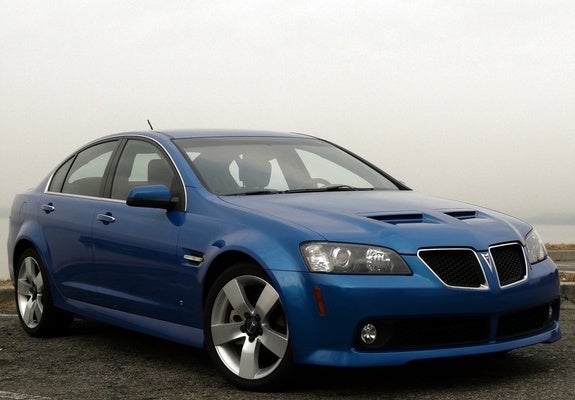
If the RMS Titanic was named RMS Pontiac, then the iceberg the ship hit might be named “Aztek.”
According to Car and Driver, the folks at Pontiac should have taken the hint when people gasped in horror at the Aztek when it was presented at the 2000 Detroit Auto Show.
The car/minivan/crossover/whatever was derided as the ugliest thing to come out of Detroit since the Edsel. In fact, the car only gained street cred years later when it was featured on the series “Breaking Bad.” Well, street cred for those who want to emulate a methamphetamine dealer.
While the Aztek did not capsize Pontiac, it cut a big enough gash in the side of the company to eventually send it to the bottom.
Pontiac responded in 2009 with the highly capable G8. The car company reached back to its roots and the result was a car capable of 256 to 415 horsepower, depending on the engine, with a return to the “beak nose” front styling.
The G8 also got a respectable 25 MPG on the highway and featured a roomy interior devoid of major blind spots.
Alas, the G8 was just too late to the party and Pontiac as a brand was gone the next year.
The 1995 Oldsmobile Aurora
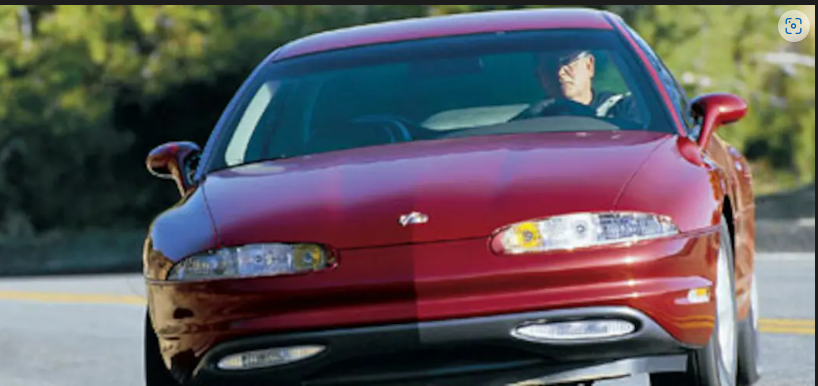
Probably the saddest example on the list is the once powerhouse known as Oldsmobile. It was the oldest surviving American brand and consistently put out fine vehicles over its century plus lifespan.
There are too many classic Oldsmobiles to name, but in the 1980s, the company began to suffer after emission controls killed off the muscle cars of the 1960s. While the company still put out the sexy Cutlass, it became more known for the boxy Omega and its line of station wagons.
To counter what it felt were public misconceptions, the company put out an ad campaign called, “This is not your father’s Oldsmobile.” However, the campaign likely would have been more effective it had used current vernacular of the time and instead proclaimed, “this ain’t your fathers Oldsmobile.”
Regardless, by the launch of the campaign, an Oldsmobile had already been featured as the car driven by character Long Duk Dong in the movie “Sixteen Candles” and no one thought of Oldsmobiles as dad’s car, but rather grandpa’s car.
The Aurora was the vehicle that could have been the magic tonic to re-energize the brand, but curiously, the company did not market the car as an Oldsmobile.
There is no badging anywhere on the car that indicates it is an Oldsmobile. Even the Olds rocket ship emblem was replaced by some circle-swirly thing.
Cadillac had done a similar thing with the Cimarron, but that is because the company was embarrassed to be forced to market a re-badged Chevrolet Cavalier as a Caddy. However, Oldsmobile had no reason to be ashamed of its new offering and it wasn’t.
Oldsmobile was too timid to call Aurora an Olds, because the Olds nameplate had gotten, well, old.
The Aurora had a great mix of American and European styling, with cues taken from the glory days of the Tornado and featured great power and handling as well as plush, but not over the top, interior.
Oldsmobile could have used the Aurora as its grand return to the “rocket era,” but the company missed the opportunity and by 2004, Oldsmobile had called it a day…er, a century.
See you on the road!
Scott Hudson is the Senior Investigative Reporter and Editorial Page Editor for The Augusta Press. Reach him at scott@theaugustapress.com

